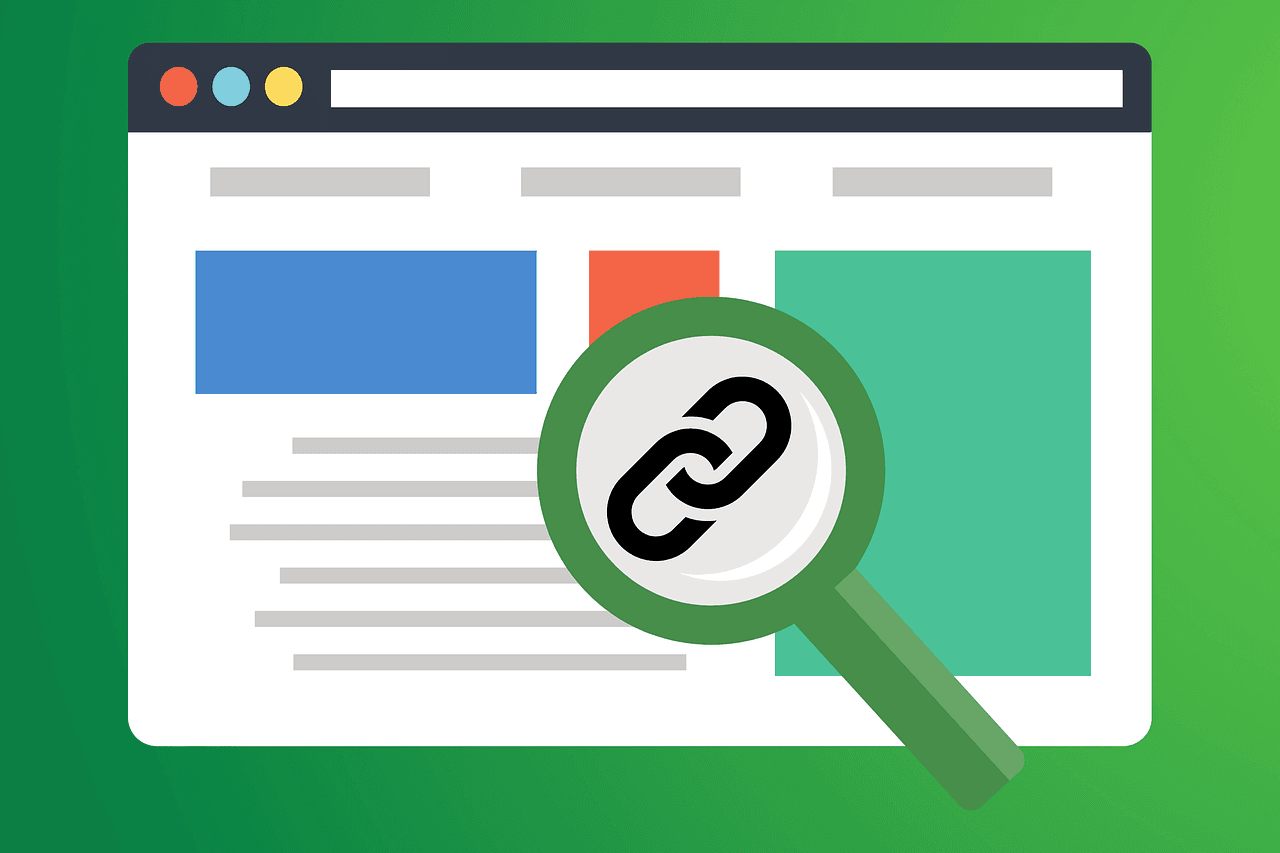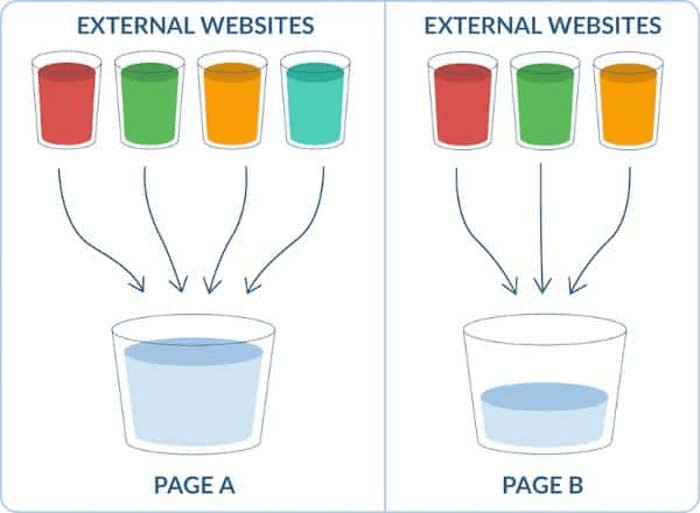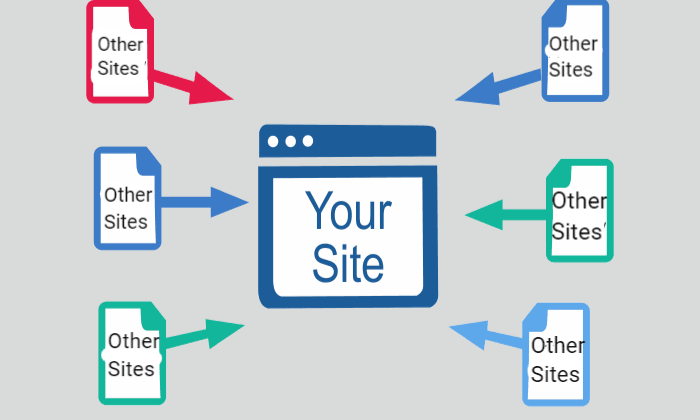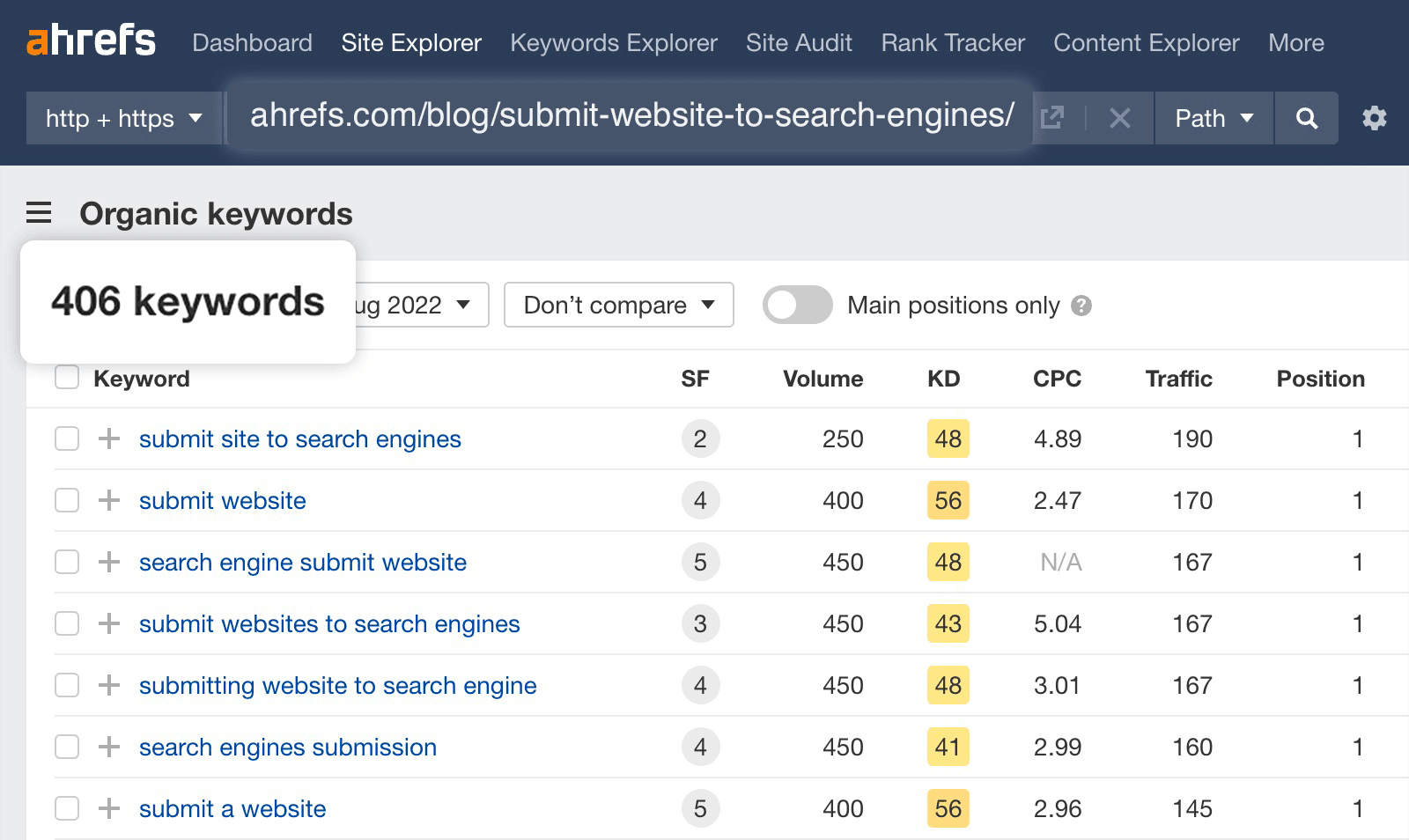An SEO link profile is the collection of all links pointing to your website. It plays a key role in how search engines evaluate your site’s credibility and ranking potential. At Keyword Metrics, we break down this concept to help you improve your SEO strategy.
What is an SEO Link Profile?
An SEO link profile refers to the collection of all the links pointing to a website. These links can come from other websites (backlinks), internal pages of your site, or even social media platforms. Your link profile is essentially a snapshot of how your website is connected across the internet.
Search engines like Google analyze this profile to determine the trustworthiness, authority, and relevance of your website, which directly impacts your rankings on search engine results pages (SERPs).

How SEO Link Profile Works in SEO
An SEO link profile is like your website's reputation tracker. Search engines evaluate your links to assess:
- Quality: Links from high-authority and relevant websites are considered more valuable.
- Quantity: While quality is crucial, a healthy link profile often includes a diverse number of links.
- Diversity: A mix of link types—do-follow, no-follow, anchor text variations, and links from multiple sources—indicates a natural and organic link profile.
Importance of an SEO Link Profile
A strong link profile helps search engines view your website as authoritative and trustworthy. Here’s why it matters:
- Boosts Rankings: High-quality backlinks improve your site’s ranking potential on SERPs.
- Enhances Credibility: Links from authoritative sites lend credibility to your content.
- Drives Referral Traffic: A link from a popular site can drive traffic to your website, creating new opportunities for engagement and conversions.
Components of a Healthy SEO Link Profile
To ensure your link profile is robust and beneficial, focus on these key elements:
- High-Quality Backlinks:
- Links from reputable and authoritative domains (e.g., .gov, .edu, or top-tier blogs).
- Links that come from sites relevant to your industry or niche.
- Natural Link Patterns:
- Avoid getting too many links too quickly, it can appear unnatural.
- A mix of link types (e.g., anchor text variations, image links, and branded links) makes your profile look organic.
- Balanced Do-Follow and No-Follow Links:
- Do-follow links pass SEO value (link equity) to your site.
- No-follow links don’t pass link equity but are still valuable for driving traffic and signaling diversity.
- Anchor Text Diversity:
- Include branded (e.g., “YourBrand”), generic (e.g., “Click here”), and keyword-rich anchor texts.
Tools for Analyzing Your SEO Link Profile
To effectively manage and improve your SEO link profile, using the right tools can provide valuable insights into the health and quality of your backlinks. Here are some popular tools and how they help:
Google Search Console
Google’s free tool helps you track the backlinks to your website. It provides insights into which sites are linking to you, the types of links, and potential issues like unnatural links or penalties.
Ahrefs
Ahrefs is a powerful tool for analyzing your link profile. It shows you detailed information about your backlinks, their quality, and how your site compares to competitors. It also offers a "link intersect" feature to find backlink opportunities.
SEMrush
SEMrush provides a comprehensive backlink analysis tool that helps you monitor your link profile’s health. It shows you toxic links, opportunities for new backlinks, and how your profile is evolving over time.
Moz Link Explorer
Moz offers a detailed analysis of your backlinks, including metrics like Domain Authority (DA) and Page Authority (PA). These indicators help you assess the quality and potential impact of backlinks on your SEO performance.
Pro Tips for Building and Maintaining a Strong SEO Link Profile
- Focus on Quality over Quantity: Aim for links from high-authority and relevant websites instead of spamming low-quality directories.
- Engage in Outreach: Reach out to authoritative blogs or sites for guest posting opportunities or link collaborations.
- Create Shareable Content: Publish high-value content, like guides, infographics, or case studies, that naturally attract links.
- Monitor Regularly: Use tools to audit your link profile. Remove or disavow toxic links that can harm your site’s reputation.
- Leverage Internal Links: Connect your own web pages strategically to boost SEO and user experience.
Example of a Practical Strategy:
You run an e-commerce store selling handmade furniture. Create blog posts on "10 DIY Woodworking Tips," and collaborate with woodworking influencers to earn links to your content.
FAQs About SEO Link Profiles
Q. What are toxic backlinks?
A: Toxic backlinks are links from spammy, irrelevant, or low-quality websites that can harm your SEO performance. Disavow such links through Google Search Console.
Q: How often should I audit my link profile?
A: Ideally, conduct a link audit every quarter or after a major SEO campaign to ensure your profile remains healthy.
Q: Can social media links improve my link profile?
A: While most social media links are no-follow, they can drive traffic and indirectly improve your website's visibility, leading to potential backlinks from other sites.
Related Glossary Terms to Explore
- Backlinks: Explore the different types of backlinks and how they influence SEO.
- Anchor Text: Understand how anchor text affects your link-building strategy.


